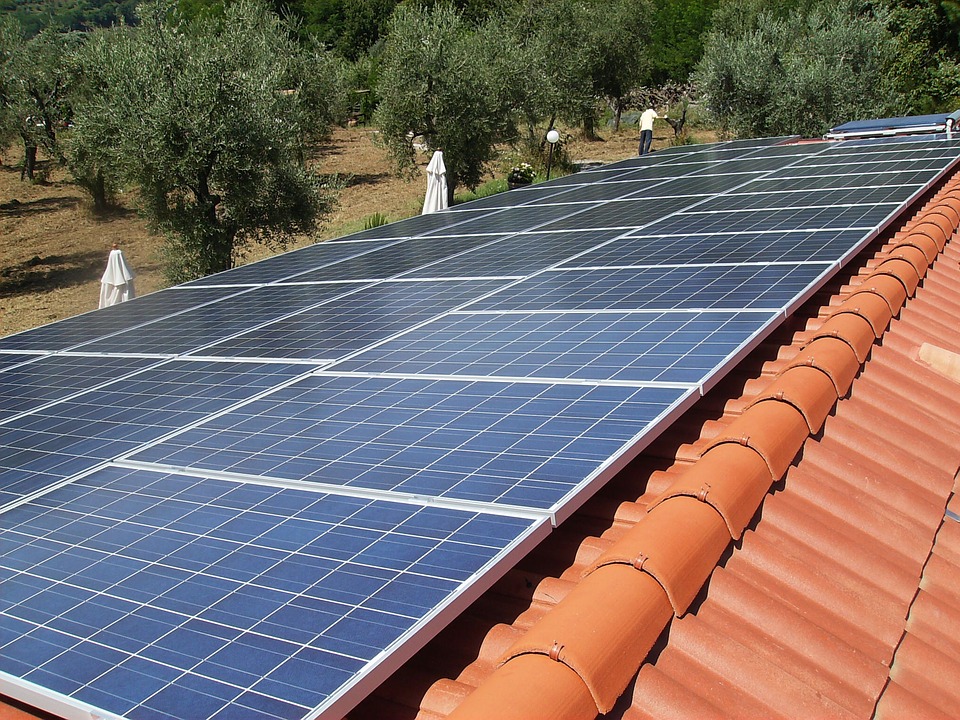
27 Sep Is Your Roof Suitable for Solar Panels?
Solar panels are a great asset for producing clean energy. However, not all houses are suited for solar panels due to their roof structure. Solar panels sit on the roof of your home, and some roofs have specific characteristics that negate the benefits of installing solar panels. So before you purchase any supplies to install a solar energy system, you should determine if solar power is feasible for your roof.
Here are some things to consider before committing to solar power:
Roof area — A solar panel system that will generate 6 kW of electricity will need approximately 35 square meters of roof space. The best roof for solar installation will have no chimneys, vents, or swamp coolers and will be rectangular. However, if you have any of those features, or your roof is a different shape, installers can find solutions to make the solar panels work.
The direction of the roof — The best direction for a roof to face to get the optimal amount of sunlight for solar panels is south. Roofs that face the north, northeast, and northwest are not suitable for the installation of solar panels because they won’t receive enough sunlight throughout the day to create a good amount of energy output.
Roofing materials — The best roofing material for accommodating solar panels is the asphalt shingle. Since asphalt shingles are common for most roofs today, this requirement isn’t much of a deterrent for people looking to install solar. Additionally, roofs that have corrugated metal and rubber or clay tiles are also relatively easy to install panels on. However, houses that use slate or wood shingles will be more difficult. While it is possible to install solar panels on these types of roofs, it may require specialized equipment to do so.
Roof condition — If your roof needs to be replaced, you should hold off on installing solar panels. Since solar panels can last for a few decades, you want to make sure your roof is in the best condition possible before you install your system. Otherwise, if you need to replace your roof after you’ve already installed your solar panels, you will pay more fees to uninstall and reinstall your system. Additionally, solar panels are heavy so you will want to make sure your roof can sustain the added weight.
Roof angle — The angle of your roof plays a significant role when it comes to installing solar panels and deciding whether or not they will get needed sunlight. The ideal angle of a roof is between 30 to 50 degrees for the best output for solar panels. However, as long as the angle of your roof is 15 degrees or higher, the solar company can make adjustments to make the solar panels work.
While some of these features can’t be changed, others can, but may result in expensive fixes. Since solar panels are a big investment, it’s important to make sure your roof is suitable for the job before you purchase any panels or sign a contract with a company. Get your free, custom-designed SunFacts report from Solar Engineering Group to help you know if your roof is suitable for a solar energy system.



